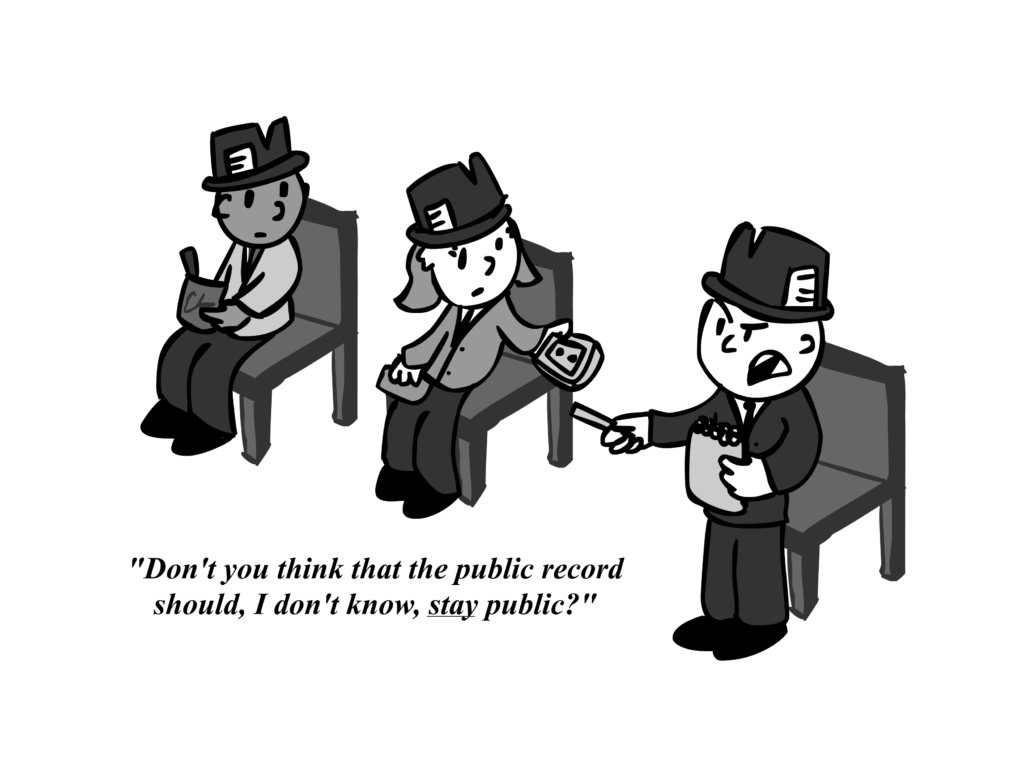Column by Hallie Beard, Opinion Editor
There will always be a conversation happening about how media affects its viewers – especially young ones – and how problematic video games, movies, advertisements, etc. can influence real actions.
I usually don’t feel a reason to speak about the problem, but a certain Netflix show has me troubled.
If you’re an avid Netflixer or student who read teen literature in the mid 2000s, you’re probably aware of the streaming service’s original series “13 Reasons Why,” based on the book by Jay Asher.
In order to discuss my views, I have to issue a spoiler alert now. I’ll be mentioning important events in the show, so if you haven’t watched it yet or want to finish it without any prior knowledge of the plot, don’t read ahead.
The show, essentially, is about a girl named Hannah who commits suicide and leaves behind 13 cassette recordings explaining the reasons – or the people – that motivated her death. From the get-go, it’s a pretty disturbed premise, but the details make it so much worse.
As most teen-based dramas do, the show is full of stylish, attractive people playing primarily rich and popular high schoolers, and that’s problem one: visually, it’s an alluring show. It has a soundtrack any moody youth with ears would adore, and the total aesthetic – the fashion, the photography/coloring, the set – is fit for a lonely girl’s Tumblr page. Teenagers worship media; a show revolving around suicide that is visually “cool” and artistic is clearly a bad idea.
The show is also incredibly graphic, though the intensity increases with each episode. Every concern people have about high school mental and physical health and safety happens on the show: bullying in various forms, physical abuse, substance abuse, rape, gun violence and suicide. Each of these happen at various times throughout the show and in an explicit way. In the finale, which covers Hannah’s actual suicide, there is a scene which clearly shows the character slitting her wrists in a bathtub and dying. Before that, there were graphic rape scenes and numerous portrayals of violence.
It was hard to watch as a peacefully-minded adult, and I can’t imagine sitting through it as an emotional, lonely teenager.
The main plot point, the cassette tapes, perfectly encapsulate the teenage mindset: because the world is “against” them, they must get revenge on everyone who hurt them and receive the attention they deserved. Wouldn’t a suicidal teenager watching the show be inspired by the characters method of a suicide note? It’s artistic, retro in a way millennials love right now and stylized. Why are we offering, by way of addictive media, artistic options for suicide notes?
Supporters of the show claim it’s a conversation-starter about suicide prevention, mental health, etc. That’s true – it has certainly started a conversation. But that doesn’t negate the fact that it romanticizes and glamorizes suicide, depression and revenge.
By the end of the show, I was emotionally drained. Watching portrayals of violence – especially sexual violence and suicide – is not my cup of tea, and I’m not a fan of gory or graphic movies and television.
I’m sure the show’s creators had good intentions and wanted the show to bring awareness about teen suicide. But, because of the aesthetic nature of the show, it could potentially do more harm than good.
If the purpose of the show was simply to initiate a conversation about the topics on the show, it did the intended job. However, if the purpose was to show suicidal teens there is a light at the end of the tunnel, it failed completely.































































































